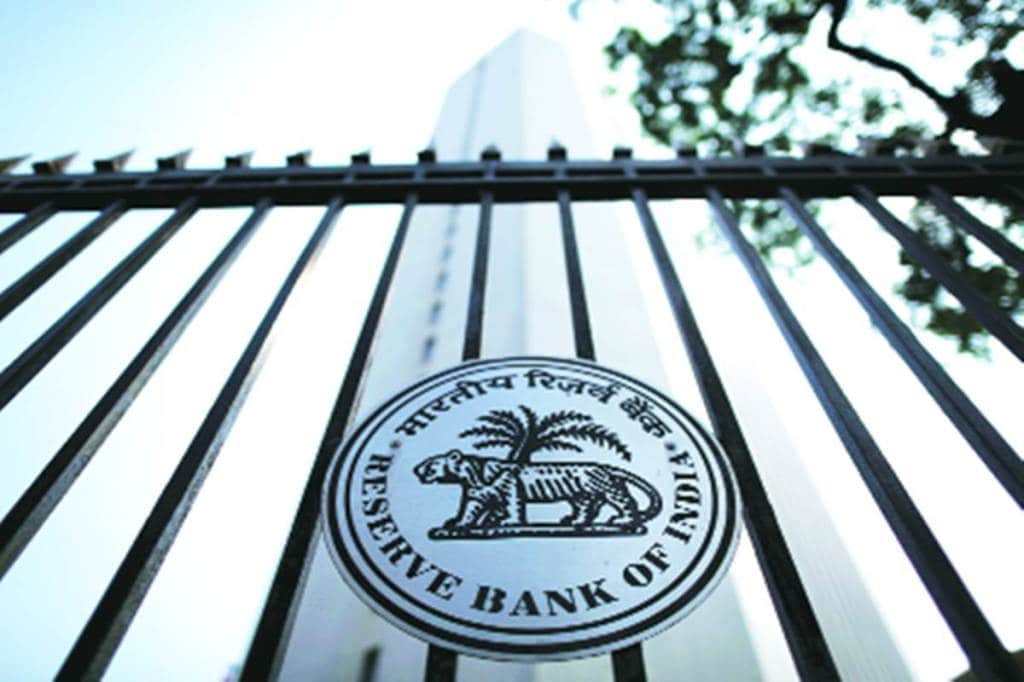Even though timely rainfall will help contain price growth, inflation is expected to average 4.7 percent in the current fiscal, up from 3.6 percent last year, guiding RBI to tighten the key interest rate in the coming months, says a report. “High core inflation and a need to maintain financial stability is expected to keep the central bank on a tightening bias in 2H FY19,” the DBS report titled ‘India: A timely monsoon arrives’ said. Good monsoon will boost agricultural growth, but many other factors including oil prices, the rupee value against the US dollar and fiscal dynamics will decide material respite to inflation.
“Besides the monsoon, oil prices, the rupee, narrowing output gap, fiscal dynamics e.t.c. (see here) will also influence this year’s trajectory,” said said Radhika Rao, India Economist, DBS Bank in the report. Price movements are also influenced by other variables such as weak rural wage growth, recovering global food prices, minimum support price hikes, improving irrigation capacity and reservoir levels, the report added.
“For this year, the interplay of rising share of horticulture vs foodgrain production is important, as volatile movements of vegetables, fruits (9% weightage in the CPI basket) etc have been a bigger driver of food inflation, than the rain-fed foodgrains (9.7% weightage)/ cereals,” the report added.
On RBI’s policy stance, the report said high core inflation and a need to maintain financial stability is expected to keep the central bank on a tightening bias in second half of this fiscal. RBI’s monetary policy committee will start its rate review meeting from July 30 and is expected to announce its call on August 1. It had voted unanimously for a rate hike of 0.25 per cent at the last review in June.

